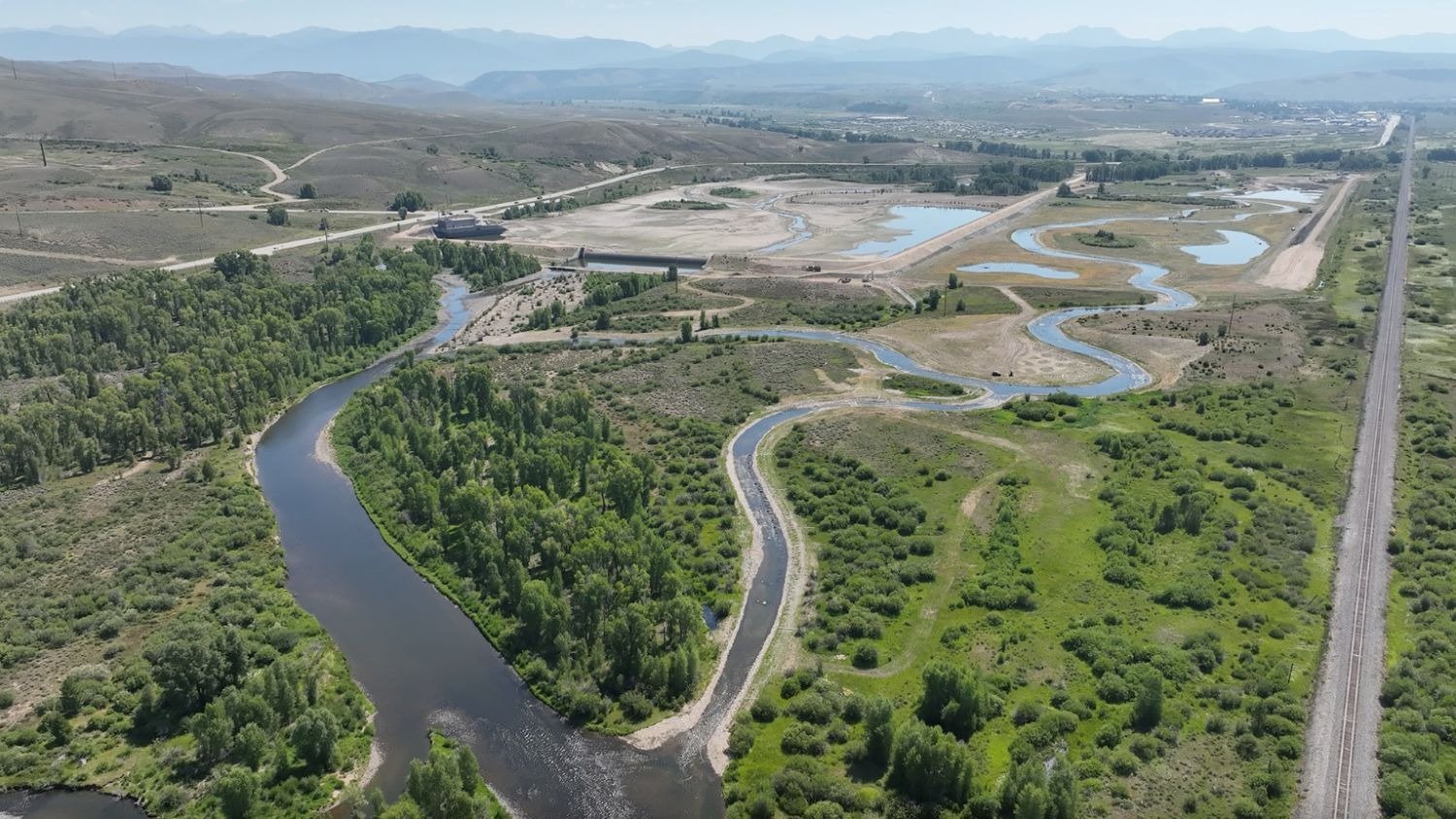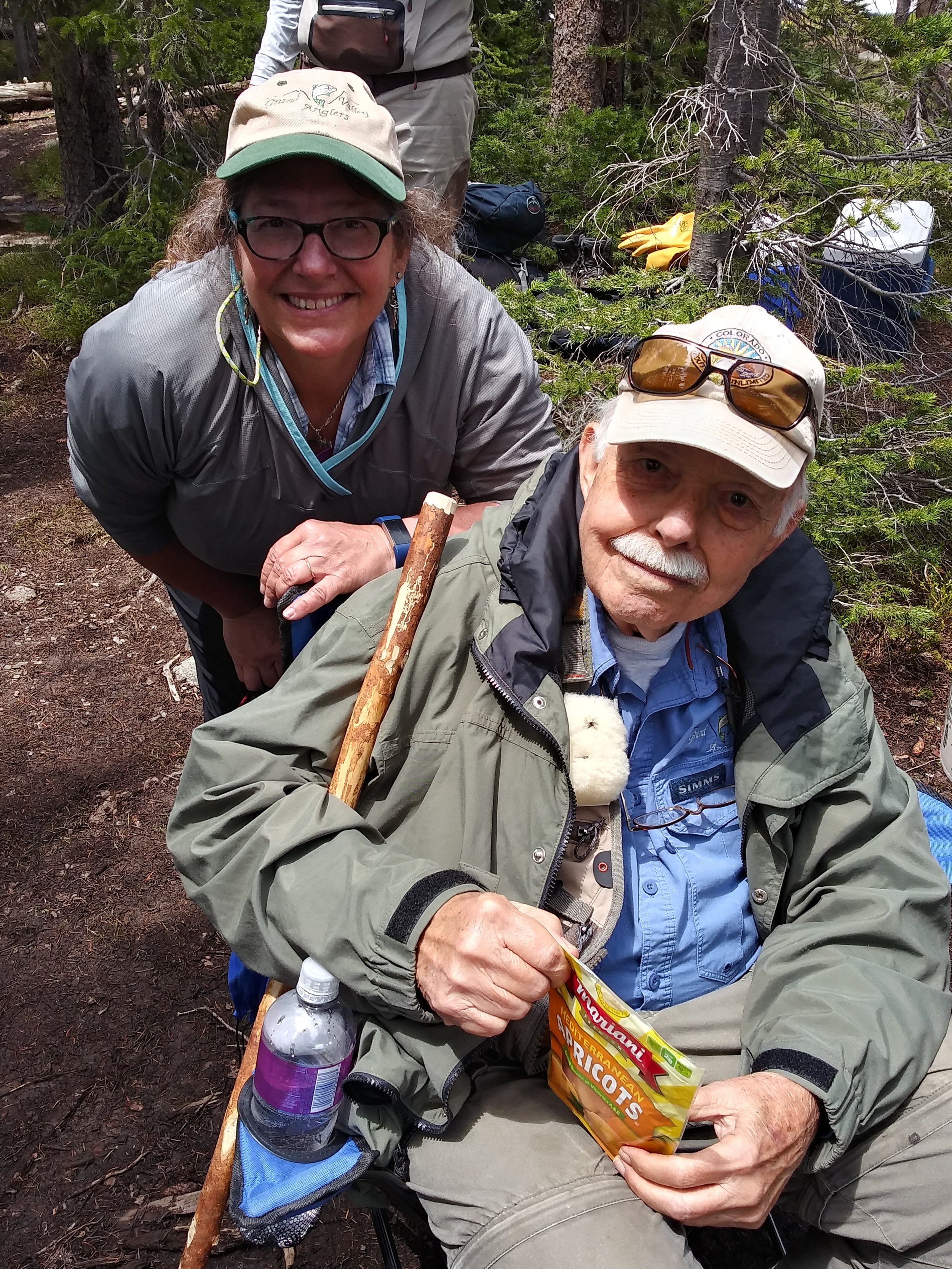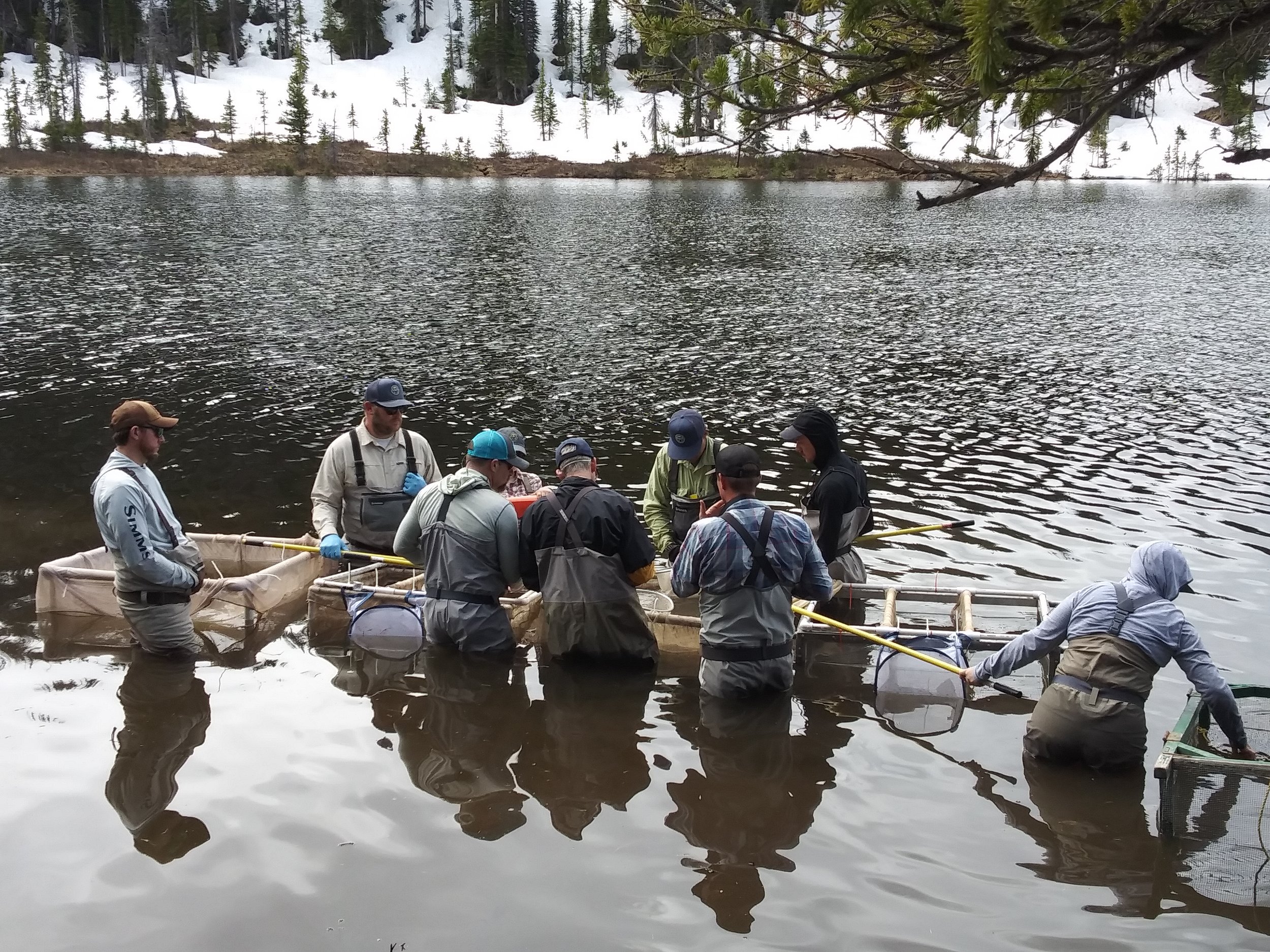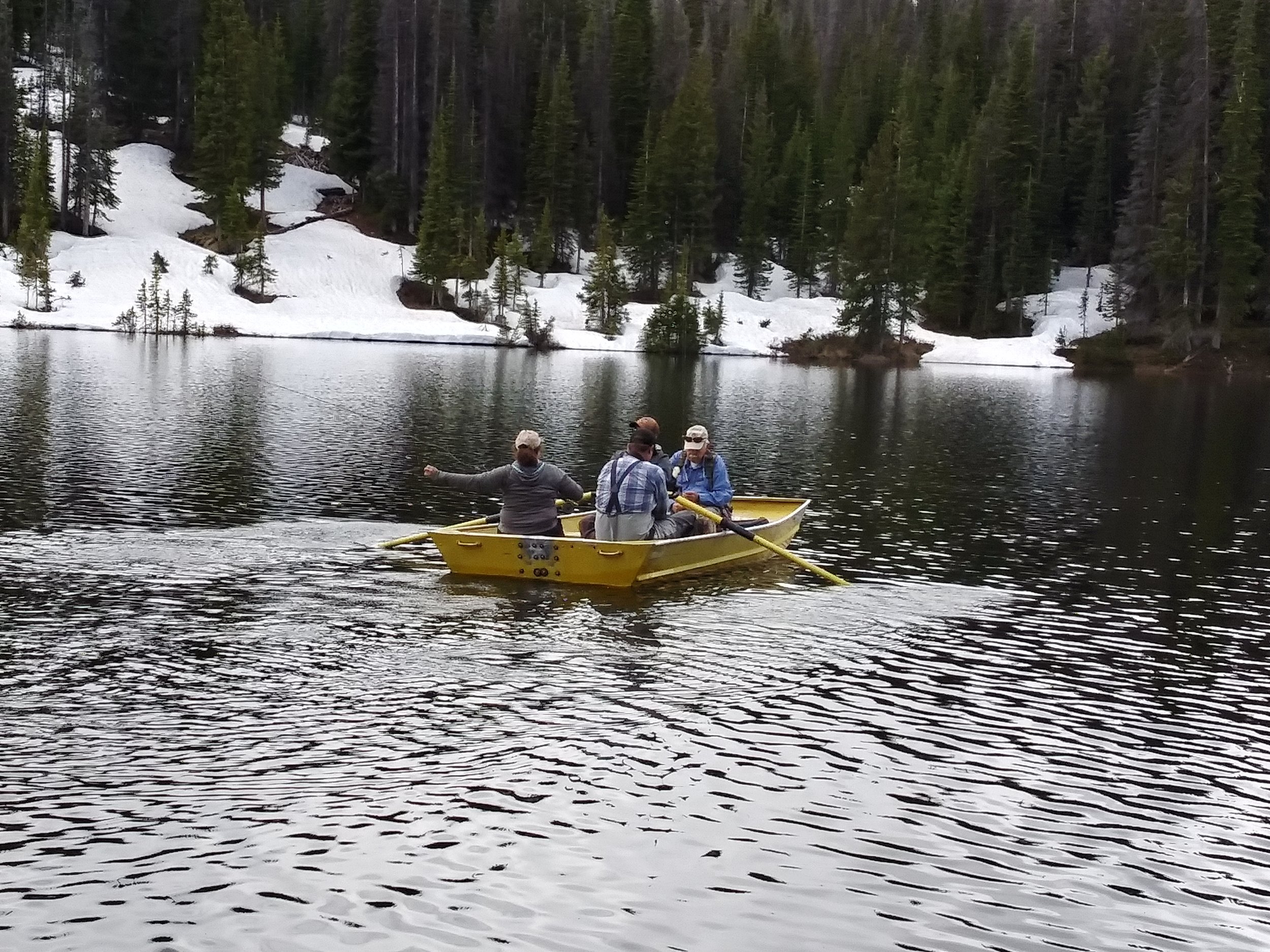Preserve in Arkansas Valley will protect 90 acres of land plus a mile of public fishing
Picture provided by Central Colorado Conservancy.
The Central Colorado Conservancy (CCC) in the Arkansas Valley announced this week that it had raised the final $50,000 needed for the Ark River Community Preserve in southern Lake County – ensuring that the $1.1 million project can move ahead with the purchase of eight properties along the Arkansas River.
Thanks in part to the generous support of Anglers All and the Jones Family Foundation, Colorado Trout Unlimited and our Collegiate Peaks Chapter were able to make gifts that brought the fundraising total past the goal line for this important project. National Trout Unlimited, the City of Aurora Water Department, Lake County, Great Outdoors Colorado, Colorado Parks and Wildlife Habitat Program, Gates Family Foundation, Freeport-McMoRan Foundation, and Climax Mine Community Investment Fund, as well as many individual gifts, were also contributors to this project.
When completed in the next few years, the Preserve will protect 90 acres and open a mile of river to public fishing on Gold Medal Trout Waters. The area is also an important corridor and wintering ground for wildlife, including bighorn sheep, elk, moose, mountain lions, bobcats, and bears and bald eagles and red-tailed hawks hunt this stretch to feed their young.
The CCC newsletter included this quote from outgoing Executive Director Andrew Mackie, “This project is the result of an incredible collaborative effort among the property owner, John Andrick, Lake County Open Space Initiative, Colorado Parks and Wildlife and many other organizations and community members who contributed to the final phase of our fundraising campaign. So it's fitting that the Preserve is a true community asset that everyone can access and enjoy – from anglers and kayakers to hikers and birders. The broad support also demonstrates the significant role natural areas play in our community identity and quality of life.”
Thank you, Anglers All and Jones Family Foundation, for helping us to help CCC so that this great property will benefit the public in perpetuity.

